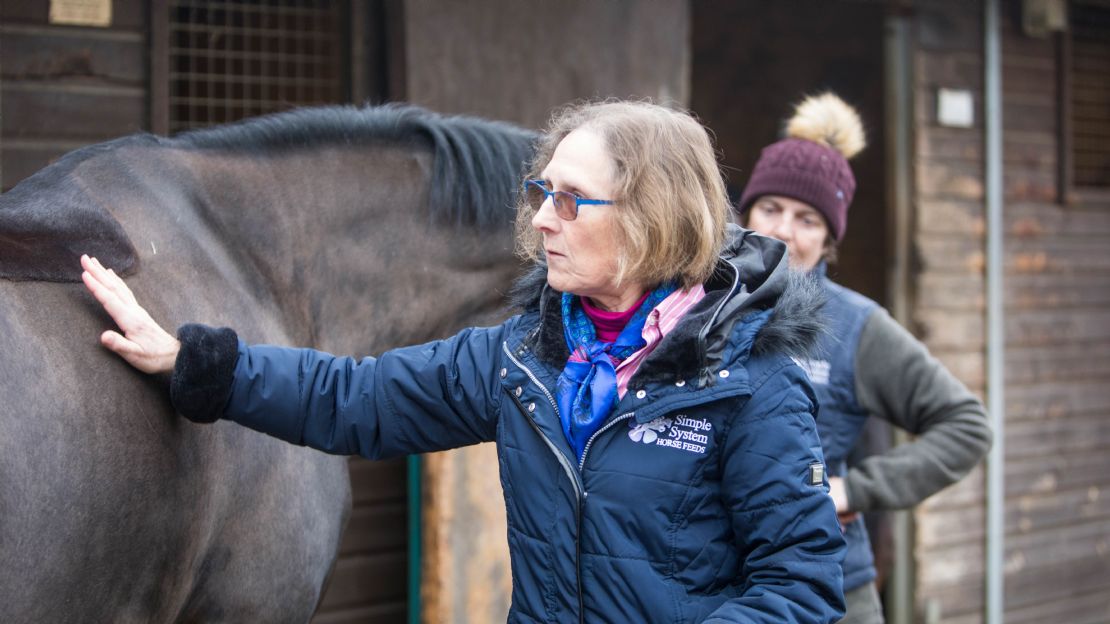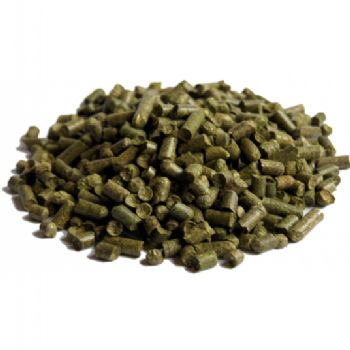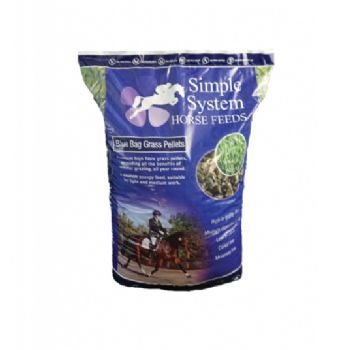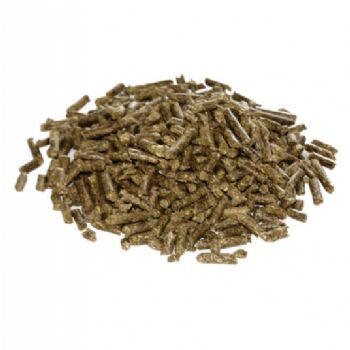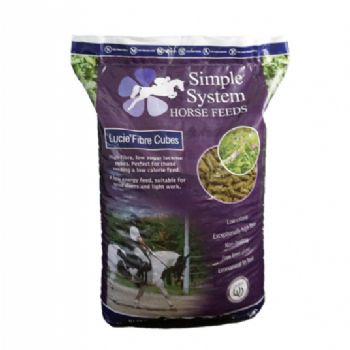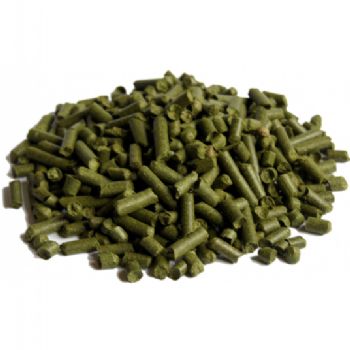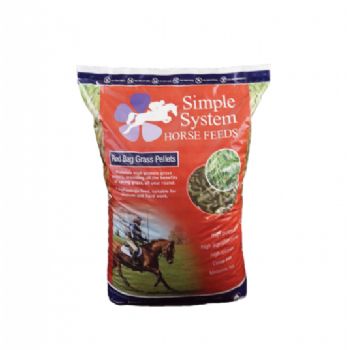The liver is the power house of the body. Its roles include metabolic functions such as producing energy, and supplying protein to other organs so they can function, repair and regenerate cells. In digestion, the liver releases important salts and bile in to the duodenum. The horse has no gall bladder so bile secretion is continuous. If the liver is weakened or damaged, bile salts or liver enzymes will be detected in the blood, indicating liver disease.
Detoxification is carried out by the liver. It acts to filter and detoxify blood, protecting other organs from the effects of toxicity. If the gut has absorbed poisons the liver removes them from the blood, protecting the rest of the body.
Liver infections range from brief to fatal. The most common cause of liver damage in horses in the UK is ragwort poisoning. Ragwort can be consumed by horses if on very sparse pasture but is much more palatable in hay. The pyrrolizidine alkaloids of ragwort destroy the liver, stopping it regenerating. Parasitism including Liver Fluke may also be considered, as well as toxins from long term medication and metabolic disease. The liver still functions even when large amounts are damaged. Once 75% is affected signs are apparent. Signs of liver damage may not be seen until months or years after ragwort consumption. Symptoms include:
- Jaundice: yellow or brownish discolouration of mucus membranes.
- Loss of condition, poor coat.
- Abdominal pain, diarrhoea or constipation.
- Blood clotting may be reduced, leading to excessive bleeding.
- Oedema.
- Yawning, head pressing.
- Depression or mania.
- Inappetence.
- Photosensitivity (sensitivity to UV light), increased sunburn on pink skin.
Diagnosis is often made from the horse presenting the above clinical signs and a history of the horse having access to Ragwort, even if this may be some time ago. Veterinary intervention is essential to initiate laboratory analysis of a blood sample to show liver damage and possibly increased ammonia. Liver biopsy (a small tissue sample taken directly from the liver) can be used to confirm diagnosis. Unfortunately there is no specific treatment or antidote that will cure the disease or reverse the damage to the liver. Treatment is aimed at minimising the work the liver has to do alongside supportive therapy.
Feeding a liver damaged horse may be challenging. There is a lot of contradictory advice. The main aim when feeding such a horse is to deliver easily digested feed, not over taxing the liver and ensuring requirements are met. Some researchers suggest a diet with over 20% starch to avoid the liver having to continually break down its glycogen and fat stores. This logical statement, however, does not allow for the horses limited production of amylase to digest starch and may cause further issues.
Another suggestion is to limit protein to 8-10% but amino acids are essential. Branch-chain amino acids are ideal and can be found in beet pulp, dried Brewerss Yeast, lucerne and grass. These are all a good source of one or more branch-chain amino acids. Conventional feeds source protein from pulses and cereals which is 80-90% digestible, which increases liver loading. A cereal free diet is more appropriate for these horses.
Lucerne (Alfalfa) is a forage, similar to grass and hay and is fermented in the hind gut by microbes. However, in forage only 50% of the protein is digestible, thus reducing liver loading. A horse with liver damage is rarely denied grazing, even though summer grazing is frequently around 20% protein! Avoiding processed feeds means the digestive system will be under less stress. When formulating diets for these horses, oil content should be kept low (less than 5%) but not eliminated. Linseed provides essential omega-3 (anti-inflammatory). Its cell regenerating properties are a key component. We would suggest splitting the linseed ration between two or more feeds. Total Eclipse will give the support a horse needs, 25g per 100kg of body weight. Reducing blood ammonia is also ideal for horses with liver damage and research has shown that Cider Vinegar can help with this.
When feeding a horse with liver damage it is important that you feed to the horses condition. To maintain and build muscle and topline LucieNuts or Organic Lucie Pellets. For a good doer these can be switched to Lucie Fibre Cubes or Blue Bag Grass Pellets. PuraBeet is a great source of fibre and easily digested. Even in work ensure that the horse never goes longer than two hours without eating, preventing highs and lows within the digestion which could adversely affect the liver. If more energy is required, Red Bag Grass Pellets can be used.
Eight tips for dealing with Ragwort:
- If possible, wait to pull the plants after it has rained, as it will soften the ground and make it easier to dig them out.
- Ensure you remove as much of the root as possible, as the plant can regenerate from small fragments of root left in the ground.
- To tackle a widespread infestation, spray the paddocks - but you must rest the field for the recommended time after treatment.
- Even when the plant is dead, it is still poisonous, so make sure you remove all traces before putting your horse back out.
- The plant is harmful to humans too, so wear protective gloves and cover your arms and legs when handling it.
- Ideally, ragwort should be removed before it flowers, but if this is not possible, a facemask to avoid inhaling the pollen.
- If your skin does come into contact with the plant, wash the area of skin with warm, soapy water.
- Should gaps appear in grazing, reseed the gaps so ragwort cannot get in.
